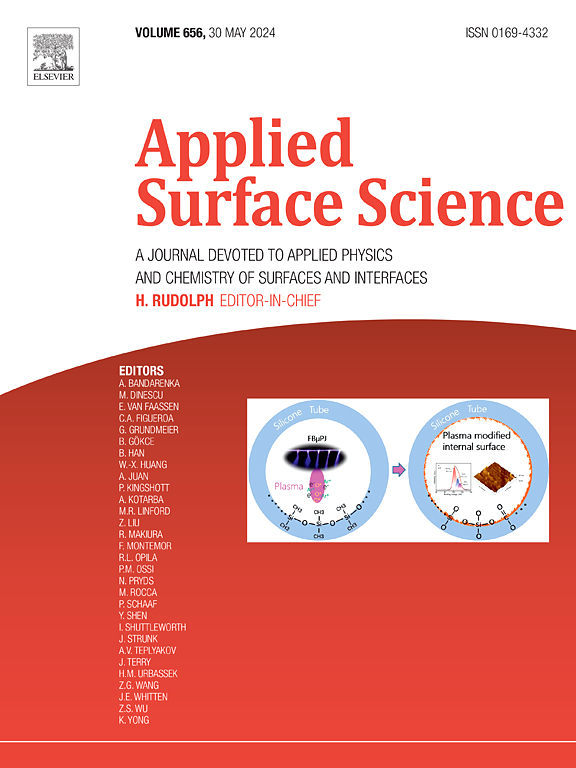Unexpected larger Pt nanoparticles induced by N,N-dimethylformamide on SBA-15 for enhanced low-temperature catalytic oxidation of toluene
IF 6.3
2区 材料科学
Q2 CHEMISTRY, PHYSICAL
引用次数: 0
Abstract
Low-temperature catalytic oxidation is a prevalent technology for toluene removal due to its reduced energy demand. In this study, N,N-dimethylformamide (DMF) was used to control the particle size of active metals. The activity tests revealed that Pt nanoparticles with a particle size of 5–15 nm exhibited higher activity for toluene oxidation and maintained good hydrothermal stability on the SBA-15 support. The results suggest that despite the increase of Pt particle size by using DMF, the proportion of Pt0 and the oxygen activation ability were both increased. The reaction pathway of the toluene oxidation over Pt/SBA-15 was examined in depth by in situ diffuse reflectance infrared Fourier transform spectroscopy (DRIFTS), proton transfer reaction time-of-flight mass spectrometry (PTR-TOF-MS) and cluster analysis, revealing that the benzyl alcohol, benzaldehyde, and benzoic acid species were primary intermediate products. The benzaldehyde on the larger Pt nanoparticles is conducive to decomposing and generating CO2 for complete mineralization, promoting the activity of toluene oxidation. This work highlights the significance of DMF-induced size effects in the development of low-temperature oxidation catalysts and understanding of reaction mechanism, guiding the design of new efficient toluene oxidation catalysts.

N,N-二甲基甲酰胺在SBA-15上诱导了意想不到的更大的Pt纳米颗粒,以增强甲苯的低温催化氧化
低温催化氧化因其能耗低而成为一种常用的甲苯脱除技术。本研究采用N,N-二甲基甲酰胺(DMF)控制活性金属的粒径。活性测试表明,粒径为5 ~ 15 nm的Pt纳米颗粒在SBA-15载体上表现出较高的甲苯氧化活性,并保持了良好的水热稳定性。结果表明,DMF虽然增加了Pt的粒径,但Pt0的比例和氧活化能力都有所提高。通过原位漫反射红外傅立叶变换光谱(DRIFTS)、质子转移反应飞行时间质谱(PTR-TOF-MS)和聚类分析对Pt/SBA-15上甲苯氧化的反应途径进行了深入研究,发现苯甲醇、苯甲醛和苯甲酸是主要的中间产物。较大Pt纳米颗粒上的苯甲醛有利于分解生成完全矿化的CO2,促进甲苯氧化活性。这项工作突出了dmf诱导的尺寸效应在低温氧化催化剂的开发和反应机理的认识中的重要意义,指导了新型高效甲苯氧化催化剂的设计。
本文章由计算机程序翻译,如有差异,请以英文原文为准。
求助全文
约1分钟内获得全文
求助全文
来源期刊

Applied Surface Science
工程技术-材料科学:膜
CiteScore
12.50
自引率
7.50%
发文量
3393
审稿时长
67 days
期刊介绍:
Applied Surface Science covers topics contributing to a better understanding of surfaces, interfaces, nanostructures and their applications. The journal is concerned with scientific research on the atomic and molecular level of material properties determined with specific surface analytical techniques and/or computational methods, as well as the processing of such structures.
 求助内容:
求助内容: 应助结果提醒方式:
应助结果提醒方式:


